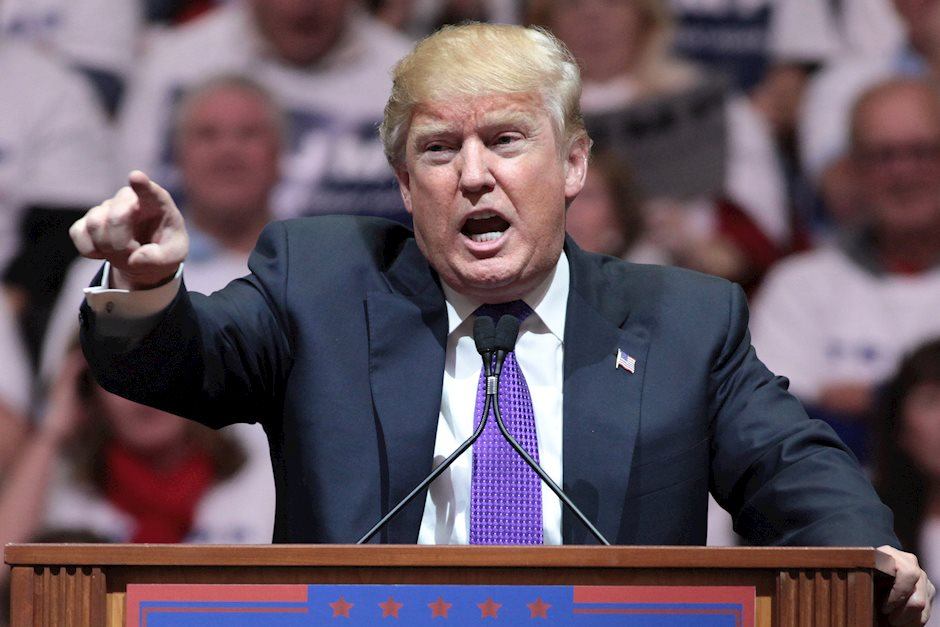Global Trade Disaster Nearly Certain

Growth in global trade has slowed for five consecutive years.
Trade growth for 2016 was under 2%. That’s something that has happened only three times since 2000. On both prior occasions, the US was in recession.
What’s ahead?
Please consider a couple of snips and a few charts from the 24-page PDF, Trade Developments in 2016: Policy Uncertainty Weighs on World Trade
2016 is the fifth consecutive year of sluggish trade growth and the year with the weakest trade performance since the aftermath of the 2008 global financial crisis. Current estimates of growth in the volumes of trade in goods and services range from 1.9 percent to 2.5 percent; preliminary high-frequency data suggest that merchandise trade volumes may have grown by slightly above 1 percent. The year 2016 is different from the other post-crisis years, in that trade sluggishness is a characteristic of both advanced and emerging economies.
Trade developments in 2016 continued to reflect enduring structural determinants, such as the maturing of global value chains (GVCs) and the slower pace of trade liberalization, as well as cyclical factors, notably slow global growth, the trough in commodity prices, and macroeconomic rebalancing in China. The increase in policy uncertainty may account for up to 75 percent of the worsening of the trade slowdown in 2016.
Global Trade Growth
For only the third time since 2000 has global trade growth dipped below 2%. On both prior occasions, the US economy was in recession.
Global Trade Goods vs. Services
The above chart is ominous.
Services have dramatically slowed already.
Border adjustment taxes, currency manipulation charges, and Brexit will sink trade in goods if we remain on the Brexit-Trump path.
Year-Over-Year Merchandise Trade Growth
Year-over-year merchandise trade growth is barely above break even.
Trade Restrictive Measures
Stockpile of Trade Restrictive Measures
-
In 2010 there were 464 trade-restrictive measures on deck.
-
In 2016 there were 2238 trade trade-restrictive measures on deck.
Certainty vs. Uncertainty
The report blames political uncertainty: “Protectionism cannot explain the trade pattern in 2016, but it is likely that trade policy uncertainty contributed to the surge in overall policy uncertainty.”
I suggest that is a bunch of nonsense.
-
The growing pile of trade restrictive measures is a certainty, not an uncertainty.
-
Brexit is a certainty, not an uncertainty.
-
Trump’s trade policies, although not yet implemented, belong in a category best described as “known”, not “unknown”.
Trade “Uncertainty” Blame Game
The chart labeled “Global Trade Goods vs. Services” shows services have been in decline since 2014 while merchandise continued to grow.
There is no reasonable way to blame a decline in services but not merchandise on political uncertainty.
It is not “certain’ what Trump will do, or how Brexit will evolve.
However, if the EU remains on the current path of punishing the UK over Brexit, and Trump remains on the current path of punishing Mexico, China, and Germany, it is certain global trade will collapse, with devastating consequence.
Horrific Path “Nearly Certain”
Let’s stop the “uncertainty” blame game.
It is “certain” we are on a horrific global trade path led by the EU’s desire to punish the UK over Brexit, and Trump’s desire to punish Mexico, China, and Germany over trade deficits.
Unfortunately, the forces in play over Brexit and Trump-inspired trade policies suggest a global trade disaster is “nearly certain” to happen.
Related Articles
-
Lobbyists vs. Lobbyists in Tax Code Revamp: Six Reasons a BAT is a Bad Idea
-
Disputing Trump’s NAFTA “Catastrophe” with Pictures: What’s the True Source of Trade Imbalances?
-
Killing the Trade Golden Goose: Farmers Rattled by Trump’s NAFTA Rescinding Plans
-
Expect Yelling From China, Mexico, Europe, Importers
-
Squawking Parrots vs. Mish on Free Trade
Author

Mike “Mish” Shedlock's
Sitka Pacific Capital Management,Llc





















